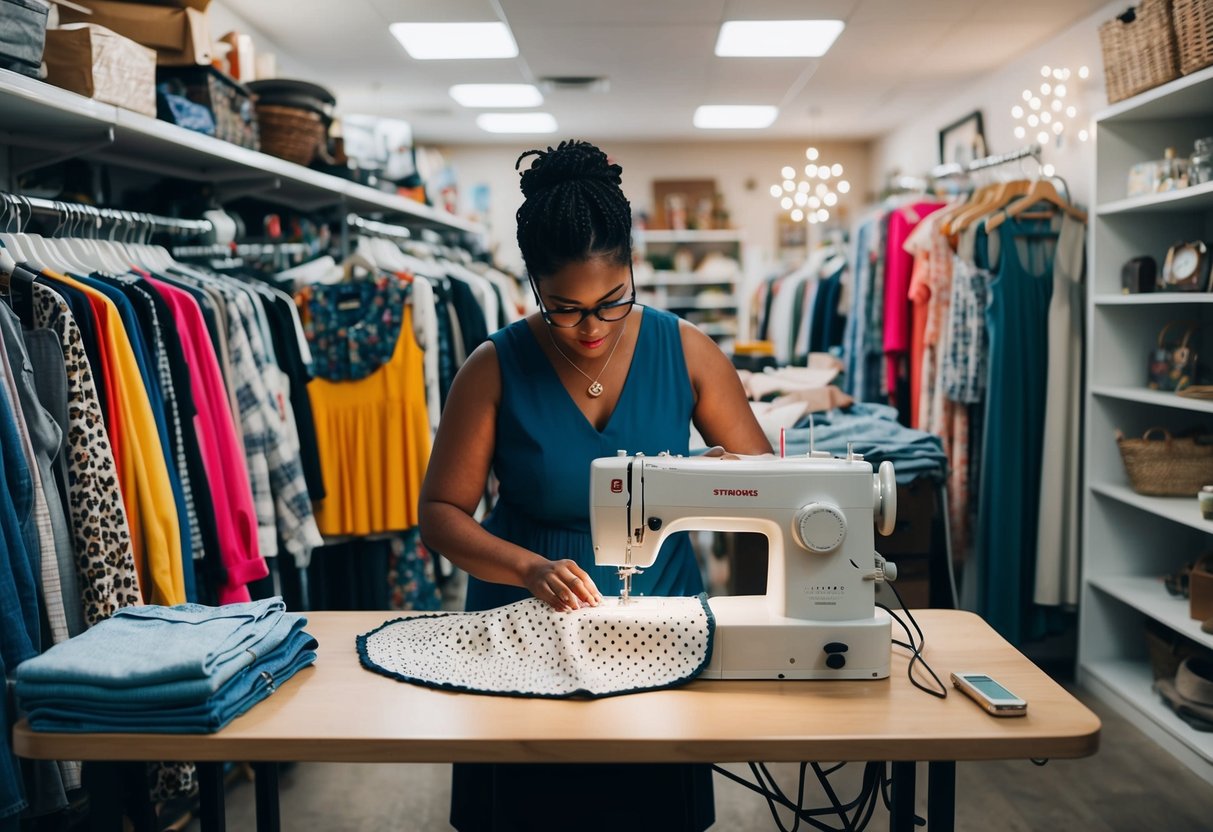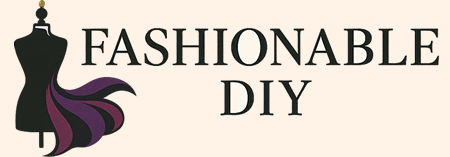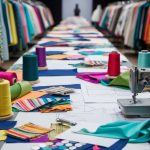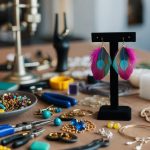From Runway to Home: DIY Trend Transformations for 2025
Ethical Brand Collaborations
Collaborations between brands focusing on ethical practices have become more commonplace. These partnerships emphasize fair labor conditions and transparency throughout the supply chain. Accountability in production ensures that fashion is not only stylish but also socially responsible.
Brands are now working closely with artisans from various communities, providing fair wages and preserving traditional dressmaking methods. By amplifying lesser-known voices and supporting local craftsmanship, brands can create lasting social and economic impact.
Additionally, partnerships with nonprofits and environmental organizations help in conserving natural resources. These alliances promote sustainability by advocating for eco-friendly practices and raising consumer awareness, encouraging more informed choices when it comes to fashion purchases.
Thrifting and Upcycling

In recent years, the interest in second-hand fashion and creative repurposing has surged. Individuals are exploring thrift stores, flea markets, and vintage shops, embracing the uniqueness and sustainability that thrifting and upcycling offer.
The Rise of Thrift Culture
Thrift culture has gained popularity as people seek to redefine personal style and reduce environmental impact. With the rise of awareness around fast fashion’s ecological footprint, consumers are increasingly turning to second-hand shopping to make more sustainable choices.
This shift is supported by various online platforms and services that offer curated vintage collections, making it more accessible. Furthermore, thrift culture celebrates individuality, allowing people to find unique pieces that express personal style. Social media has played a significant role, with influencers showcasing thrifted outfits and encouraging others to explore this eco-friendly fashion alternative.
DIY Upcycling Techniques
DIY upcycling transforms unwanted items into new pieces. This creative process not only extends the life of clothing but also minimizes waste. Techniques range from simple alterations to more complex reconstructions, such as turning a dress into a skirt or adding new elements to a jacket.
Many online tutorials and resources provide inspiration and guidance, fostering a community of upcycling enthusiasts. Services also offer workshops and kits for those eager to learn. Upcycling encourages creativity, enabling individuals to experiment with fashion design. This movement highlights the potential of existing resources, breathing new life into forgotten garments.
Tailoring Trends to Fit You
Finding the perfect fit involves more than just choosing the right size; it’s about adapting styles to complement individual shapes and preferences. Incorporating suitable colors and patterns can enhance personal style creatively.
Altering for Your Body Type
To modify clothing for a specific body type, one must first evaluate individual proportions. For those with a pear shape, adjusting waistlines is crucial to complement wider hips and a narrower bust. Individuals with an athletic frame might consider adding structure to create the illusion of curves, such as through darting or using fabric with a bit more volume.
A tailor can customize each piece to ensure stability in design and line, making it essential to involve a skilled professional when needed. Minor adjustments, like hemming or tapering, can transform an outfit’s fit and are often simple yet effective. The key to successful tailoring is not only about the alterations themselves but also about understanding how these adjustments enhance an individual’s unique shape.
Choosing Flattering Colors and Patterns
Selecting colors and patterns is fundamental to creating an appealing and personalized wardrobe. People with warm undertones may opt for earthy shades, which complement their skin tone and bring warmth to their overall appearance. Conversely, cool undertones can benefit from jewel tones that highlight their natural features beautifully.
Patterns play a crucial role in perception and should be chosen based on personal and style preferences. Vertical stripes can elongate the body, making them ideal for those seeking a lengthening effect. In contrast, florals might add a touch of softness and romanticism. The strategic selection of colors and patterns provides a canvas to express personal style while simultaneously enhancing natural features and boosting confidence.



